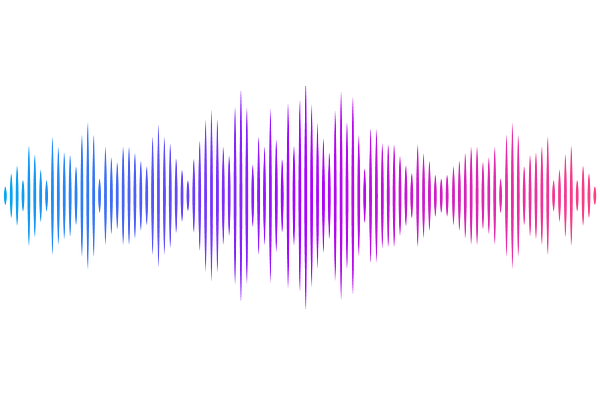Spherical inspirals of spinning bodies into Kerr black holes

Spherical inspirals of spinning bodies into Kerr black holes
Viktor Skoupý, Gabriel Andres Piovano, Vojtěch Witzany
AbstractExtreme mass-ratio inspirals (EMRIs), consisting of a stellar-mass compact object spiraling into a massive black hole, are key sources for future space-based gravitational wave observatories such as LISA. Accurate modeling of these systems requires incorporating the spin effects of both the primary and secondary bodies, particularly for waveforms at the precision required for LISA detection and astrophysical parameter extraction. In this work, we develop a framework for modeling flux-driven spherical inspirals (orbits of approximately constant Boyer-Lindquist radius) of a spinning secondary into a Kerr black hole. We leverage recently found solutions for the motion of spinning test particles and compute the associated gravitational wave fluxes to linear order in the secondary spin. Next, we show that spherical orbits remain spherical under radiation reaction at linear order in spin, and derive the evolution of the orbital parameters throughout the inspiral. We implement a numerical scheme for waveform generation in the frequency domain and assess the impact of the secondary spin on the gravitational wave signal. In contrast to quasi-circular inspirals, we find that neglecting the secondary spin in spherical inspirals induces large mismatches in the waveforms that will plausibly be detectable by LISA.